How to Get Rid of Mould in Bathroom
Bathrooms are often the first place that mould develops, however, there are simple steps you can take to prevent its growth. Even if there is mould that has developed, it can be removed if you address it in time.
In this blog, we will attempt to provide guidance on how to get rid of mould in your bathroom.
With new buildings being made to be as energy efficient as possible, and the UK aiming for 95% of its electricity usage to be low carbon by 2030, it is imperative to understand how we can make the most of our ventilation. This is where ventilation units come in.
To prevent mould, fresh air should constantly be introduced into your dwelling daily, as it helps to regulate temperature and reduce condensation. Introducing fresh air can be as simple as having a ventilation routine, or installing extractors or MVHR units. Almost all of this is facilitated by ducting.
At I-Sells, all things ventilation and ducting related is our speciality, and we are here to answer the questions we know are common for those new to HVAC and what it encompasses.
Why do bathrooms get mould easily?
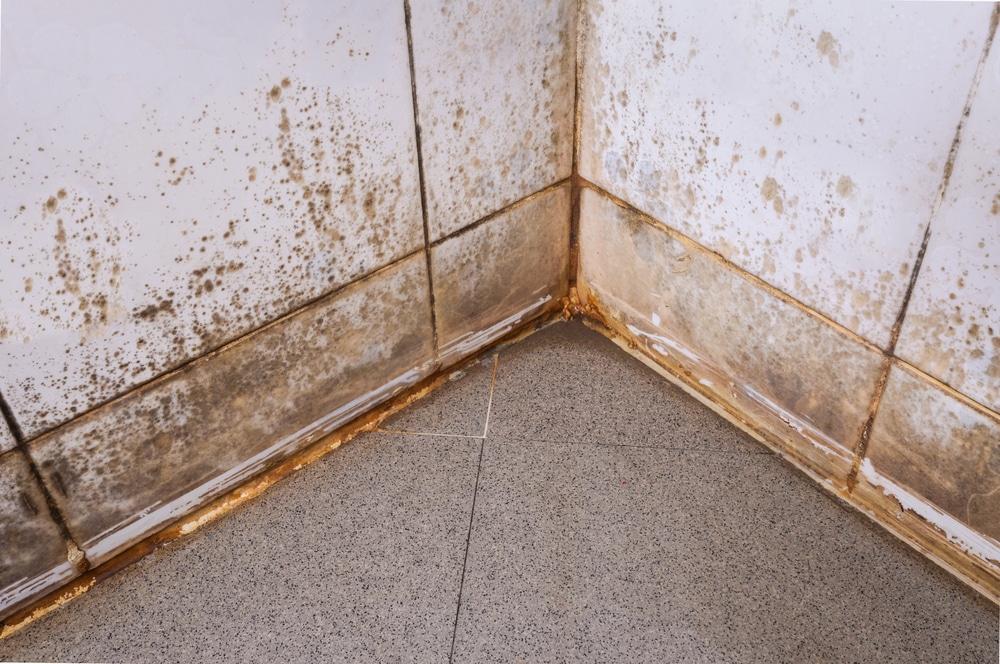
Bathrooms are notorious for becoming mouldy, and it’s no surprise. They combine several factors that create a perfect breeding ground for these unwelcome guests: moisture, warmth, and often, limited ventilation.
High humidity is a major culprit. Hot showers, baths, and even daily activities like brushing teeth add significant amounts of moisture to the air. This moisture condenses on walls, ceilings, and other surfaces, creating a damp haven for mould spores to thrive.
Bathrooms are regularly warm environments, thanks to heated towel rails or underfloor heating. This warmth, coupled with the dampness, provides ideal conditions for mould growth, as mould spores prefer these temperatures.
Many bathrooms also have inadequate ventilation. Small windows or closed doors can trap moisture-laden air, preventing it from escaping. This stagnant, humid environment is exactly what mould spores need to flourish.
Bathrooms also often incorporate materials that are susceptible to mould growth. Grout between tiles, shower curtains, and silicone sealant around baths or sinks can trap moisture and provide a food source for mould.
Even with windows open or exhaust fans running, the layout of some bathrooms can hinder proper airflow. Areas behind cabinets, under sinks, or in shower corners might not dry out effectively, allowing mould to take root in these hidden spots.
Some additional factors can worsen the situation. Hanging wet clothes to dry in a bathroom significantly increases humidity levels and can promote mould growth. Similarly, storing damp towels or toiletries near walls can create pockets of high moisture content, perfect for mould to develop.
By understanding these reasons behind mould growth in bathrooms, you can take preventive measures to control moisture levels and improve ventilation. This will make your bathroom a less hospitable environment for mould and help you create a healthier and more enjoyable space.
How does an extractor fan prevent mould?
An extractor fan is a component that can help to prevent mould, as it boosts ventilation, allowing moisture to escape the bathroom. However, it is only part of the solution, drying surfaces and opening windows can greatly benefit the effectiveness of an extractor unit.
How to get rid of mould in bathrooms
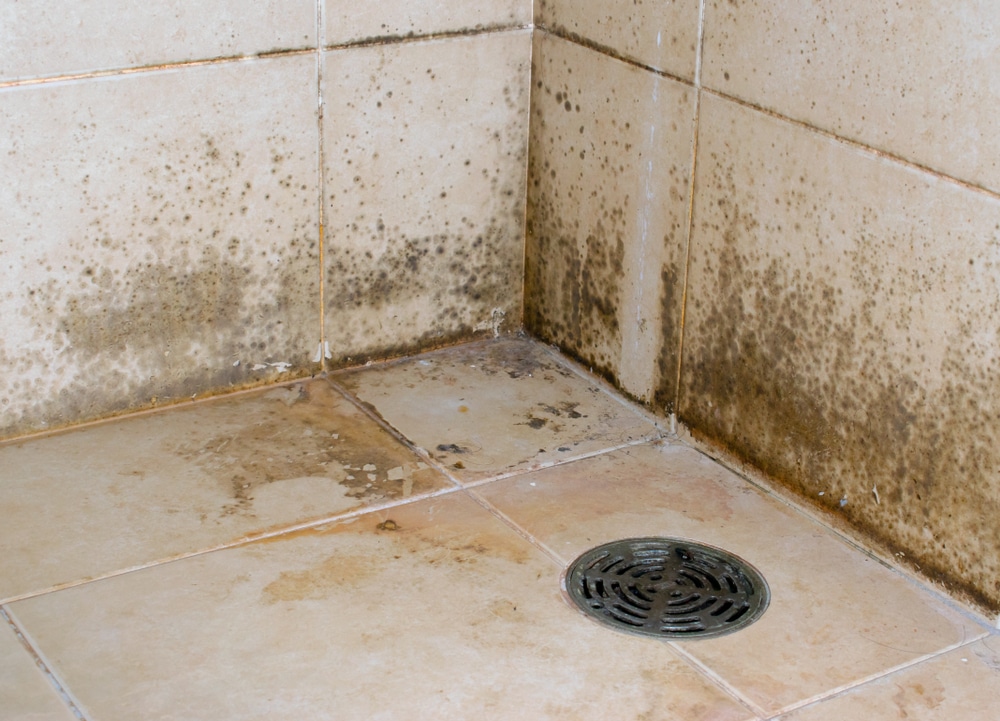
Getting rid of mould within a bathroom is possible, however, the extent of the mould growth will determine the appropriate steps you need to take. This answer will share the general process for removing small or newer mould growths
Firstly, before attempting to remove mould, you must protect yourself. Wear gloves, a mask, and eye protection to avoid inhaling mould spores or coming into contact with mould during cleaning.
You should follow this up by opening windows and doors to create airflow and remove mould spores released during cleaning. Here’s everything you need before you begin:
- Rubber gloves
- Mask
- Safety goggles
- Spray bottle
- Dish soap or white vinegar (depending on severity, though mould removal products are the best option).
- Stiff-bristled brush
- Microfiber cloth
- Rubbish bag
Removing the Mould:
- Choose your weapon:
- For stubborn mould: Use a white vinegar solution. Fill a spray bottle with undiluted white vinegar.
- For an all around option: Consider mould removal products, as they are designed to remove the mould.
- Spray and Let Sit: Spray the affected area generously with your chosen solution. Let it sit for 5–10 minutes (Or for as long as recommended on product instructions) to allow the solution to loosen and kill the mould spores.
- Scrub the Mould: Using the stiff-bristled brush, scrub the mould-affected area thoroughly. Pay attention to cracks, crevices, and grout lines where mould tends to hide.
- Rinse and Dry: Rinse the area thoroughly with clean water. Dry the area completely with a clean microfiber cloth. Mould thrives in damp environments, so proper drying is crucial.
Preventing Mould Growth
- Ventilation is Key: Ensure proper ventilation in your bathroom. Open a window or use an exhaust fan during and after showering to remove excess moisture.
- Reduce Moisture Sources: Wipe down shower doors, walls, and surfaces after showering to remove lingering moisture.
- Improve Airflow: Avoid keeping shower doors closed for extended periods after showering, keeping a window open during and slightly after those periods is immensely beneficial. If possible, consider installing a shower curtain that allows for better airflow. Or upgrading your extractor fan.
- Address Leaks: Promptly fix any leaky taps, pipes, or shower heads to prevent moisture build-up.
Do I have to remove mould myself?
Not at all, If the mould problem seems severe, or you’re uncomfortable handling it yourself due to existing health conditions etc, consulting a professional mould removal service is always a good option.
What are the long term effects of mould in a bathroom?
In terms of your physical wellbeing, mould absolutely has the potential to cause negative long term effects. Which is why it is paramount to remove it as soon as you discover it. Especially considering almost everyone uses their bathroom at least once a day.
Chronic exposure to mould in your bathroom can have a variety of long-term health consequences. Inhaling mould spores can irritate the respiratory system, leading to coughing, wheezing, and difficulty breathing. This can be particularly problematic for people with allergies or asthma, as mould exposure can worsen their symptoms and trigger attacks.
Beyond respiratory issues, mould can also cause skin irritation in the form of rashes, redness, and itchiness. In more severe cases, long-term exposure can even lead to headaches, fatigue, and difficulty concentrating. While less common, some studies suggest potential links between mould exposure and neurological problems or even certain cancers, though more research is needed in these areas.
The severity of health effects depends on factors like the type of mould, individual sensitivity, and duration of exposure. However, by addressing mould growth promptly and taking steps to prevent its return, you can create a healthier bathroom environment for yourself and your family.
Keep mould out of your bathroom
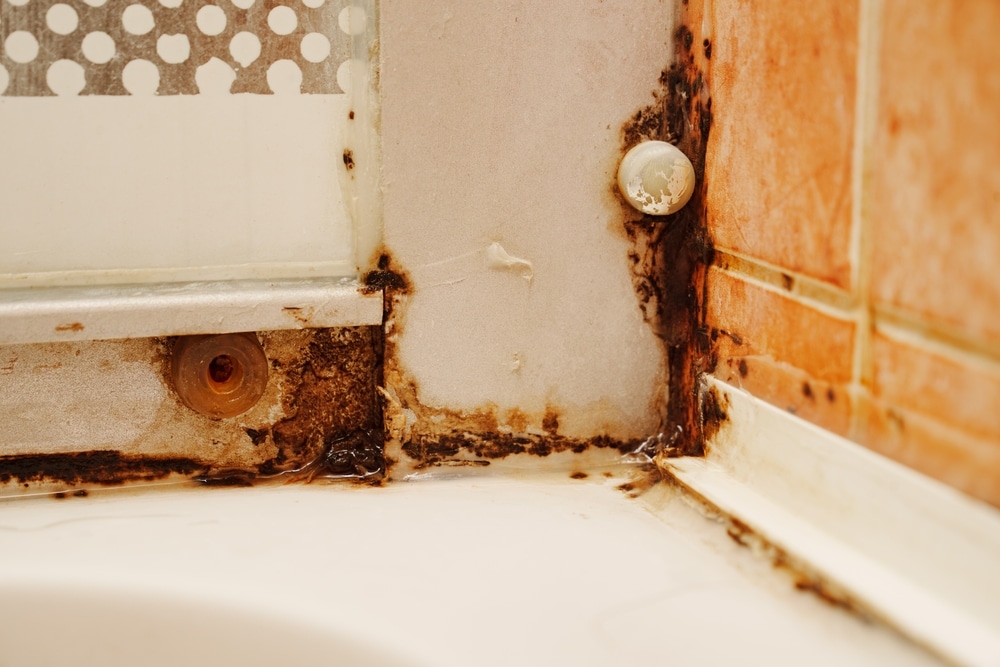
At I-Sells, all things ventilation and ducting related is our speciality, we are here to answer the questions we know are common for those new to HVAC and what it encompasses.
We at I-Sells endeavour to ensure our customers have all the information they require before investing in our mould solutions. Be sure to visit our blog page to learn about the vast array of factors and issues surrounding ventilation, mould, condensation, and much more.
Within this blog, we hope to have shown you how to get rid of mould in your bathroom.
We understand you may have more questions, do not hesitate to contact us for more information about whatever you need our help with. If you’d like to email us, click here. For other contact options, see below:
Call us on 020 8463 9696
Visit us at our showroom:
*OPENING TIMES*
Monday – Friday: 8:00 am to 5:30 pm
Saturday: 9:00 am to 12:00 pm
Sunday: Closed
15 St John’s Parade
Sidcup, Kent
DA14 6ES
United Kingdom

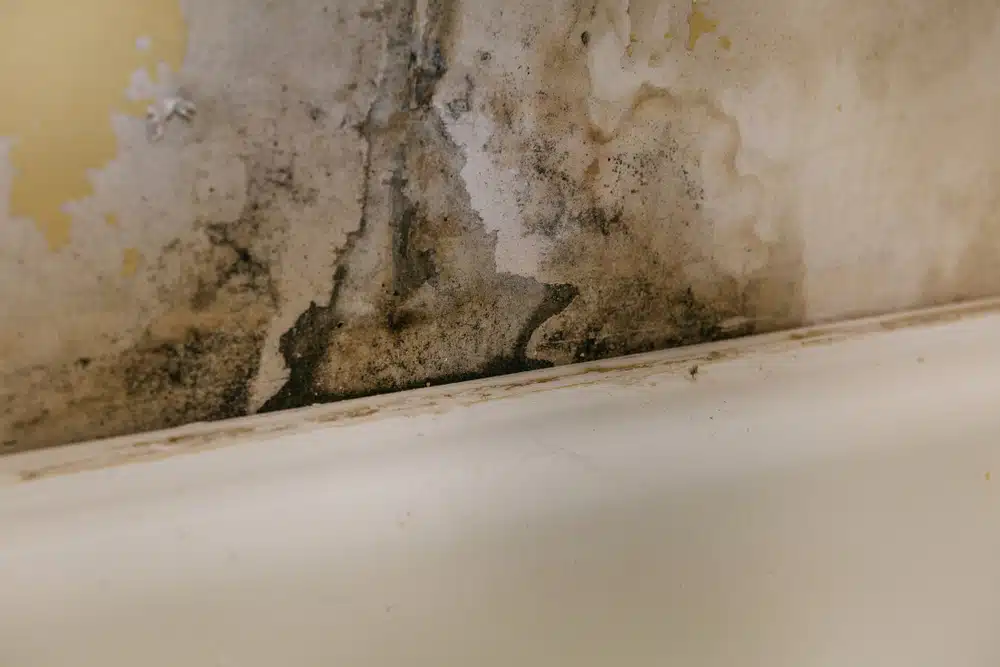
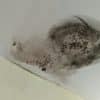



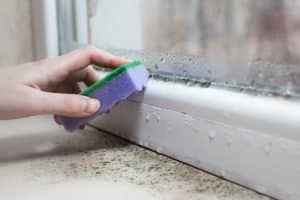






















Add comment
You must be logged in to post a comment.